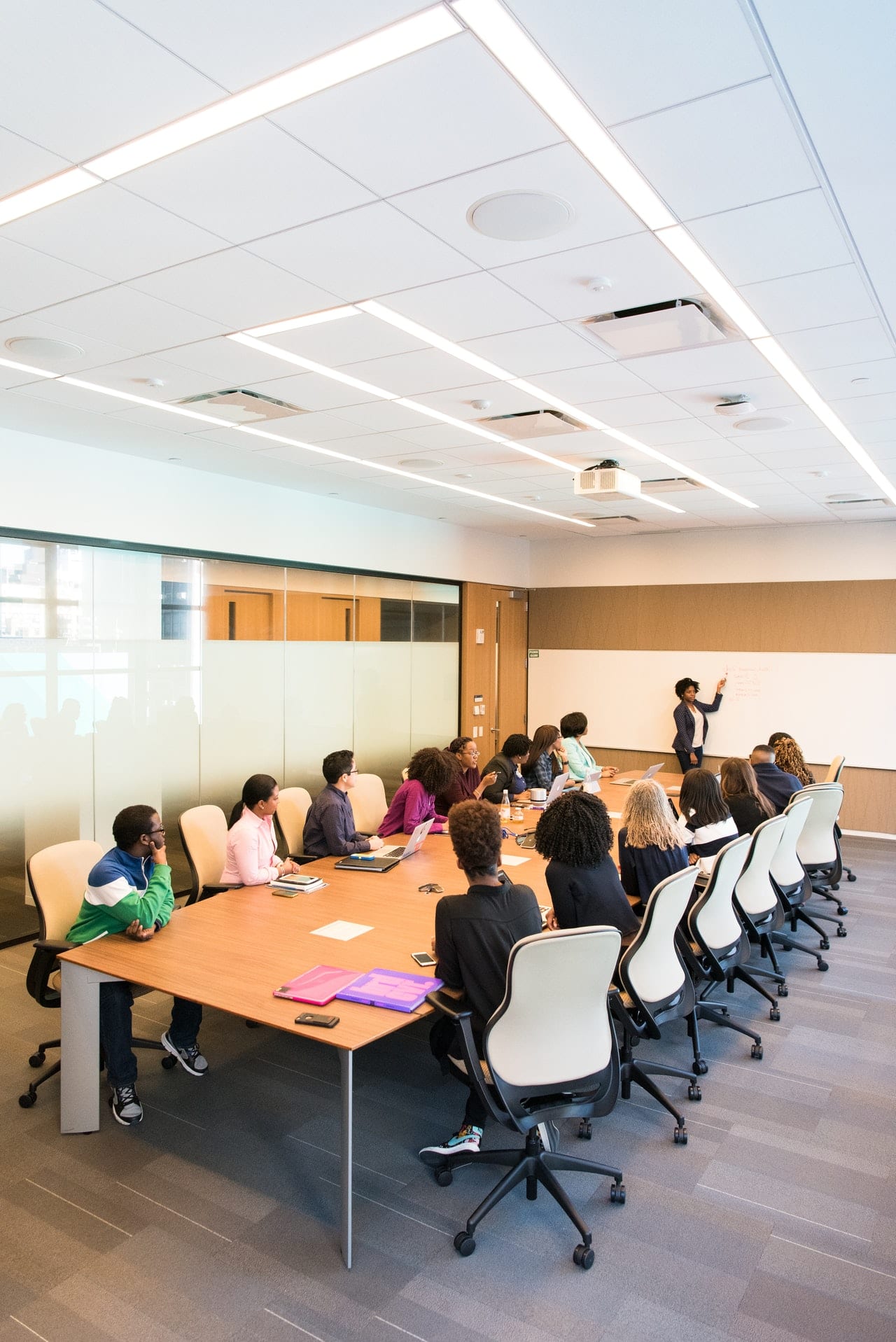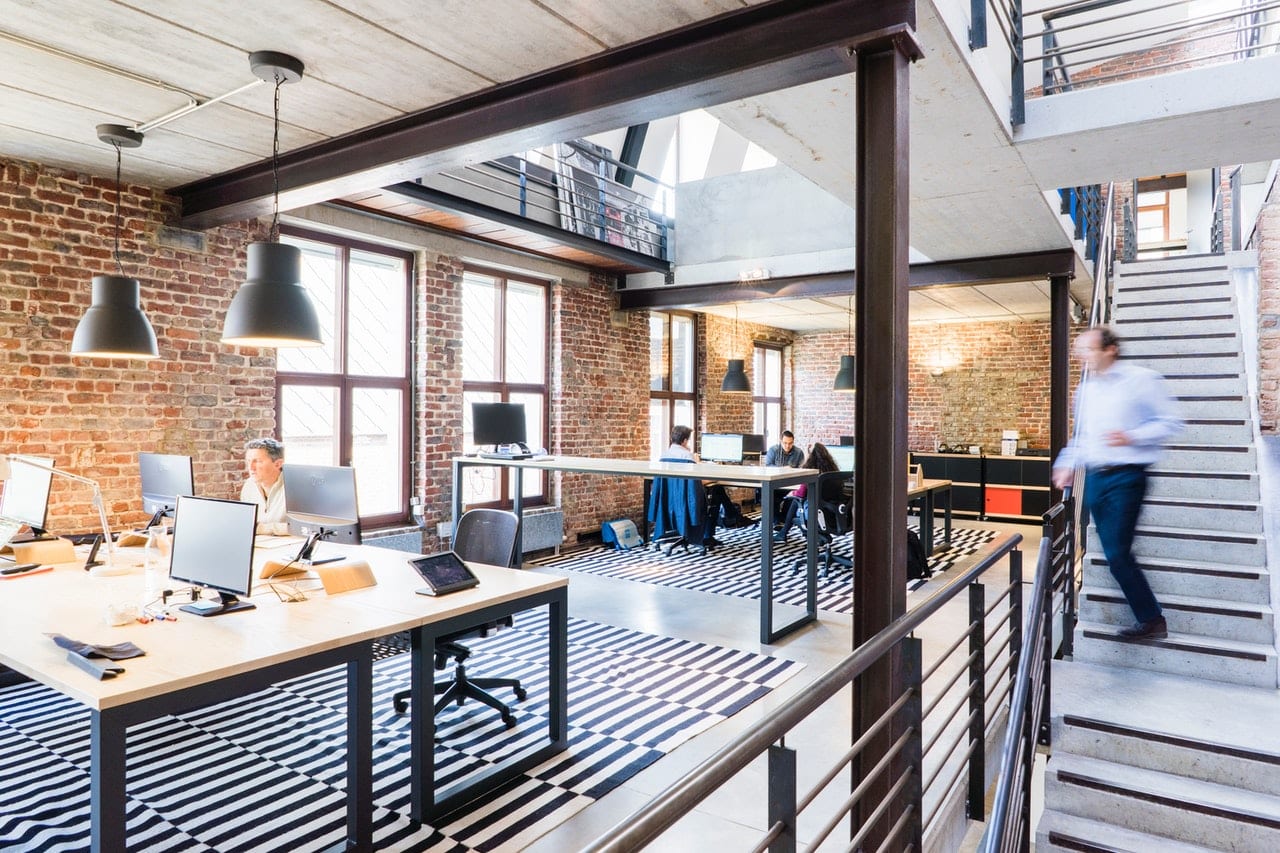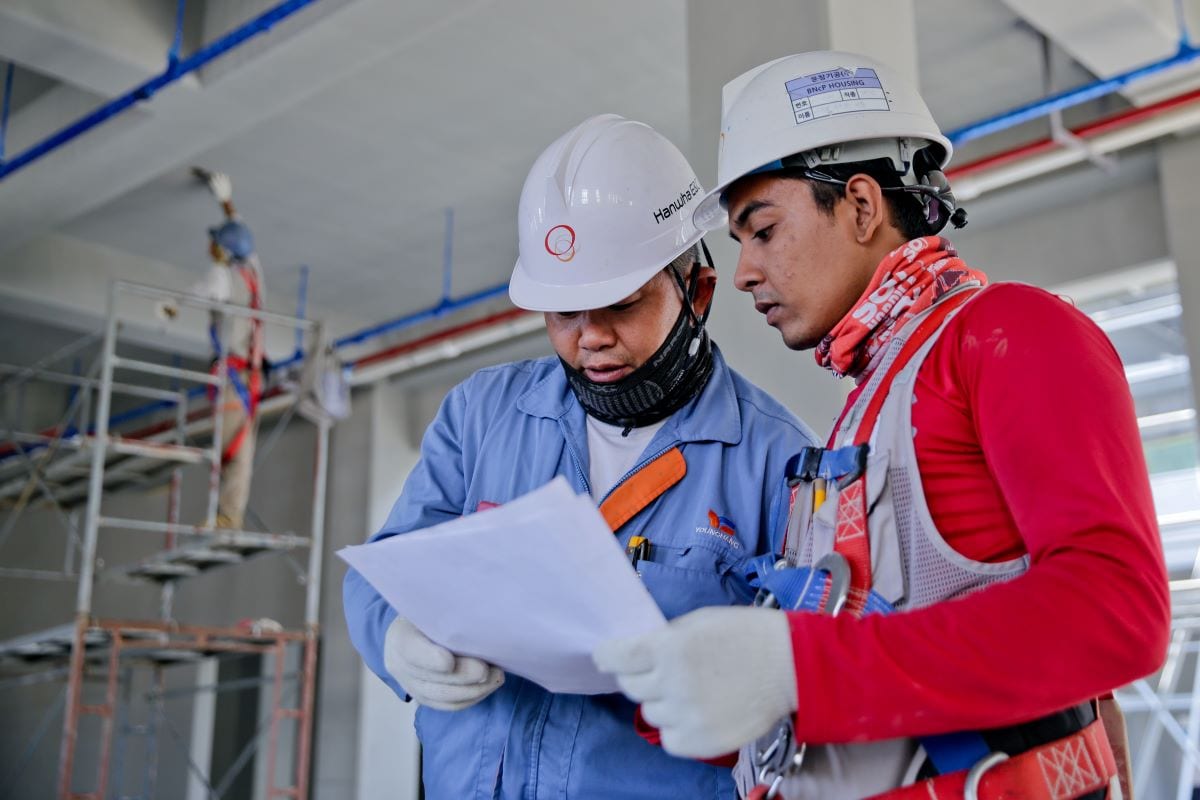Achieving Happiness in the Workplace with these 3 Steps

When it comes to work, there are some things that are just not within our control. This includes dealing with difficult clients, staff shortages or disagreements, or sometimes you are just having a bad day.
If you are working in a toxic workplace, then use these steps as best as you can before you can move on, but for those who are just finding things a little boring or lacking at the moment, these steps should help you get into a happier headspace so you can face the day head-on.
What is Happiness in the Workplace?
Happiness in the workplace can be characterized in a few ways, though some factors will, of course, be subjective to each employee.
Ideally, for an employee to be happy, they will need to enjoy the tasks that are assigned to them, especially if they are the main part of their job role. They will need to feel comfortable around the people they are working with, including being respected and valued as the bare minimum. Have the chance to improve skills and gain new skills at work so the job does not become stagnant and they can progress. Have a decent salary or wage that can cover their basic needs and allow them to live comfortably and more stress-free. Finally, they have their hard work and contributions to the role, and the company acknowledged.
Be Mindful and Meditate
You do not have to sit cross-legged on the staff breakroom floor to get a piece of zen – in fact; we actively advise against that unless it has been mopped. Being mindful and meditating is much about finding a quiet or happy space in your head and vacating there for a few minutes to take a few deep breaths. You do not even need to leave your seat if you need a moment’s peace where you are – Just find something small to focus on, such as typing, listening to the sounds, and paying attention to the feel of the keys. This can give your mind a rest.
Rewards Go a Long Way
If you are a business manager reading this piece on a quest to find out how you can help your employees become happier, then not only focus on making the workplace a relaxing and comfortable space but also incorporate some treats and rewards into the mix too, to let your employees know they are valued. This can range from a personal touch to something such as fun office merch. But make sure to choose your products from a quality company such as anthembranding.com.
Value Yourself
It can be particularly easy to forget to value ourselves if we always wait for praise from others. If you work somewhere that is particularly underwhelming when it comes to acknowledgment and praise, do not forget to remind yourself of everything you have done, who you are, and how much you bring to the table.

 Employee training should be central to all operations. Not only does it ensure that people are working to their full capacity and that protocols are followed, but it’s important for safety. And we’re not simply talking about the safety of the employees, but of the business as well. This is why businesses that don’t make this part a priority end up opening themselves up to so many risks. Let’s take a look at why employee training is key to
Employee training should be central to all operations. Not only does it ensure that people are working to their full capacity and that protocols are followed, but it’s important for safety. And we’re not simply talking about the safety of the employees, but of the business as well. This is why businesses that don’t make this part a priority end up opening themselves up to so many risks. Let’s take a look at why employee training is key to 

 The pandemic has altered people’s lives in many ways, including forcing most employees to work from home. In some ways, this has immensely changed the dynamics of company culture, which hasn’t been to every business’ liking.
The pandemic has altered people’s lives in many ways, including forcing most employees to work from home. In some ways, this has immensely changed the dynamics of company culture, which hasn’t been to every business’ liking.